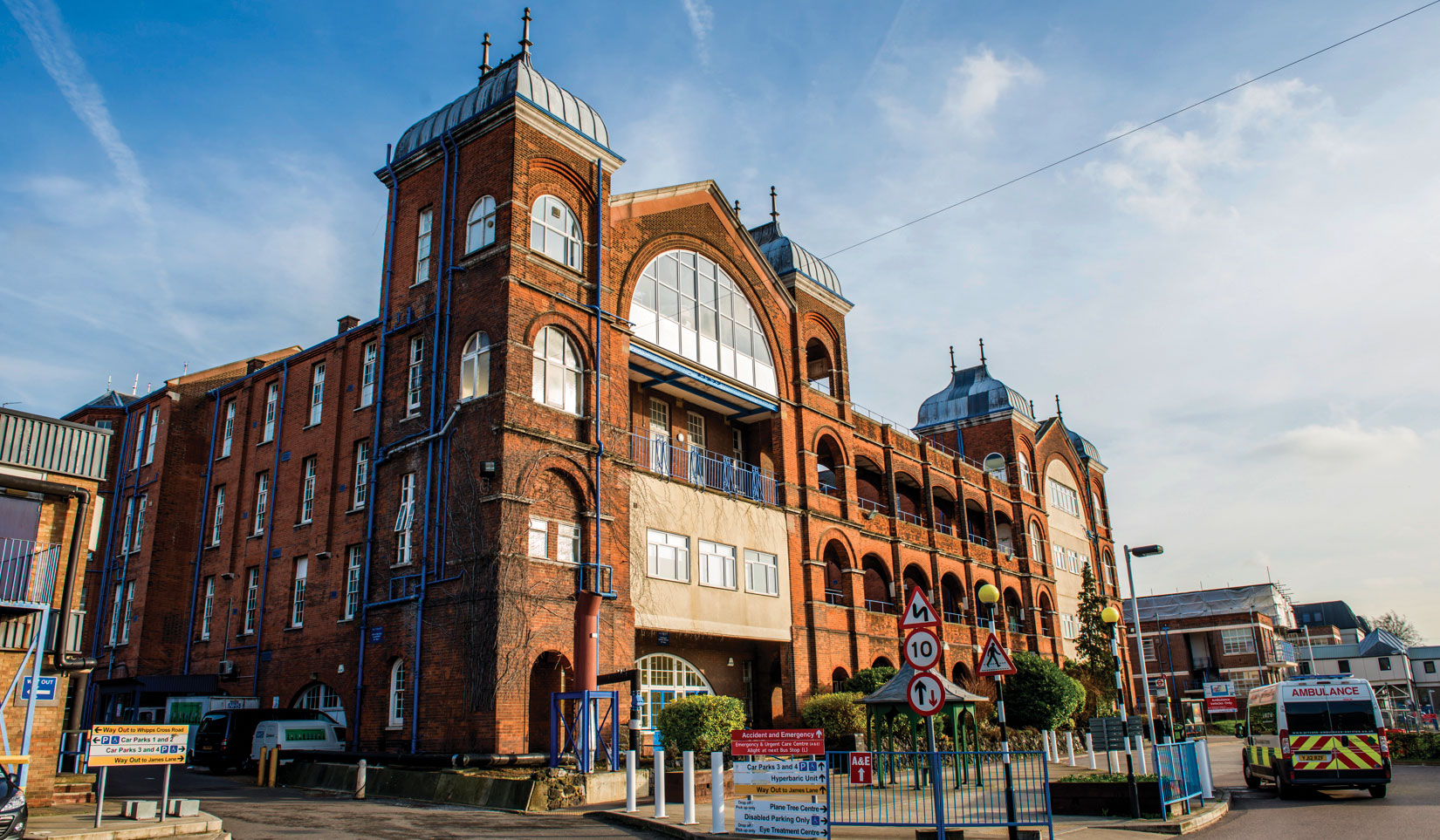In the sixth of a series of articles looking at the redevelopment of Whipps Cross Hospital, Charlotte Monro discusses sustainability and explains why nature and biodiversity are vital for the new building
With the architect team appointed, the design of the new hospital is now under way. A series of public virtual meetings are being held by Barts Health NHS Trust. And Action 4 Whipps community campaign is up and running, fighting for the hospital we need, along with a sustainability-focused action group.
Ryder Architecture are leading the design team and have partnered with Hoare Lea as the sustainability advisors. All of us who have been calling for the new hospital to be net zero-carbon and designed to the highest sustainability and well-being standards can, I believe, be happy to have had some influence on this selection.
Hoare Lea has worked closely with the UK Green Building Council in developing a net zero-carbon framework for building. Through the Green at Barts health staff group I met with James Ford – the company’s lead for sustainability, who said just how significant a project Whipps is – and Chris Pottage, who contributed to the World Green Building Council research on health well-being and productivity in offices. Chris is determined that staff work areas must be designed to the highest standards for their well-being, something he has seen commonly neglected in hospital builds.
Building for net zero-carbon is a step-change, to which, said James, the building industry is responding. Health and well-being is integral to sustainability, and they both emphasised their belief, backed by a fast-growing body of research, in how important nature and biodiversity are for human well-being.
During the first of a series of public meetings by Barts Health Trust last month, we had a glimpse of possible designs for the hospital, to be located where the old nurses’ home currently stands. All the options appeared to offer access to outside views throughout the building, in contrast to the monolithic block type design of the Royal London. It was good to hear from Paul Bell, lead architect, talking of the building orientation to bring in the warmth of the sun and light, and the value of green space and biodiversity. However, many of us in the audience noticed what appeared to be minimal green space allocated around the hospital itself, and are asking if enough of the site is being retained for healthcare use and future expansion.
The strongest concern was over too few beds. People found the level of optimism in the presentations as to how far the need for hospital care will be avoided through improvements to community services to be “at odds with the reality on the ground”.
Neither a hospital of the right size for our growing population, nor a zero-carbon hospital will happen without us fighting for it. You too can get involved in the campaigns.




